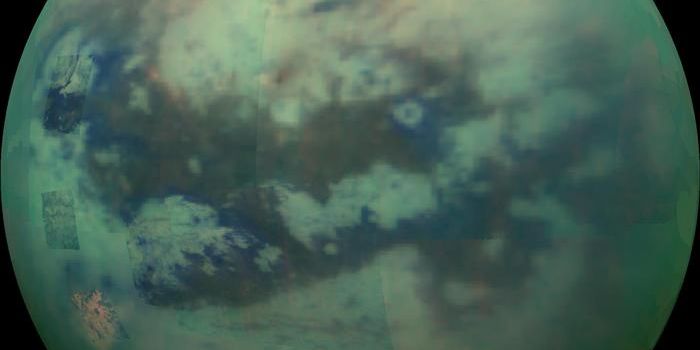Scientists Create Tiny Replicas Of The Pancreas To Study New Drugs
Pancreatic cancer it’s often hard to diagnose in its early stages, resulting in patients having more advanced cancer at diagnosis that is much harder to treat.
Studying ways to treat pancreatic cancer is also challenging (as with any cancer). Researchers often try to replicate the environment that tumors live ex vivo, sometimes with real patient cells, to better understand how a tumor might respond to different types of treatment. Organic gels are commonly used to accomplish this, gels that contain a range of proteins intended to replicate the environment tumors grow in and allow researchers to grow organ tissues. However, most gels that are produced don’t do an adequate job replicating the extracellular environment around tumors and are difficult to produce consistently, making it difficult to get replicable results.
Researchers at Massachusetts Institute of Technology (MIT) have developed a new polyethylene glycol-based gel that may address the efficacy concerns of existing gels, while being easy to produce consistently.
"The issue of reproducibility is a major one," says Linda Griffith, a professor of biological and mechanical engineering. "The research community has been looking for ways to do more methodical cultures of these kinds of organoids, and especially to control the microenvironment."
Researchers published a description of their gel model in Nature. When trying to determine the best way to replicate the extracellular environment, researchers noted that a key feature that needed to be present in their gel were peptide ligands, which interact with integrins on cells and allow them adhere to each other and form tissue, allowing researchers to develop miniature pancreatic organs.
When testing their gel, researchers were not only able to grow miniature versions of pancreatic tumors using pancreatic cancer patient cells, but the environment surrounding the tumor was much more similar to what it would look like in a patient’s body. For example, macrophages and fibroblasts were able to grow in the gel, replicating an actual tumor’s extracellular environment. With the ability to develop more specific and accurate conditions ex vivo, researchers may be able to better understand how different drugs interact with tumors.
The research team noted their gel could be utilized to grow other types of tissue, aiding in the study of other cancers.
Sources: Science Daily; Mayo Clinic; Nature








